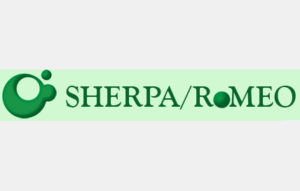CURRENT METALLODRUGS SUCCESS IN BREAST CANCER TREATMENT
Breast cancer has surpassed lung cancer as the most commonly diagnosed cancer worldwide, posing a serious concern. Given the potential fatality of this disease, effective therapy is crucial. Current treatment options for breast cancer include surgery, radiation therapy, chemotherapy, hormone therapy, and targeted therapy. Metallodrugs are designed by employing ligand substitution to modify the existing chemical structure or by developing a completely new component with improved safety and cytotoxic profile. Metals have shown promise in combating cancer due to their attractive therapeutic properties and their ability to generate reactive oxygen species (ROS) and reactive nitrogen species (RNS), leading to oxidative damage and cellular death. The subsequent paragraphs provide a comprehensive list of recently discovered metal complexes (in vivo/vitro), their mechanism of action against tumors, and the mechanistic details obtained by various researchers. This study focuses on the research conducted by numerous specialists over the past 22 years and provides detailed information on the use of metals as a therapeutic agent in breast cancer treatment. The following review highlights several promising metal-based therapies for the future, as well as the origins, drug development, and ongoing research being conducted and considered for market entry. In summary, this research provides a few important references to new metal-based therapies for cancer treatment, and despite the relatively recent emergence of this treatment approach in the cancer sector, these developing drugs are expected to have several success stories.
Keywords: breast cancer, metallodrugs, metal complexes, chemotherapy, ruthenium complexes.




















